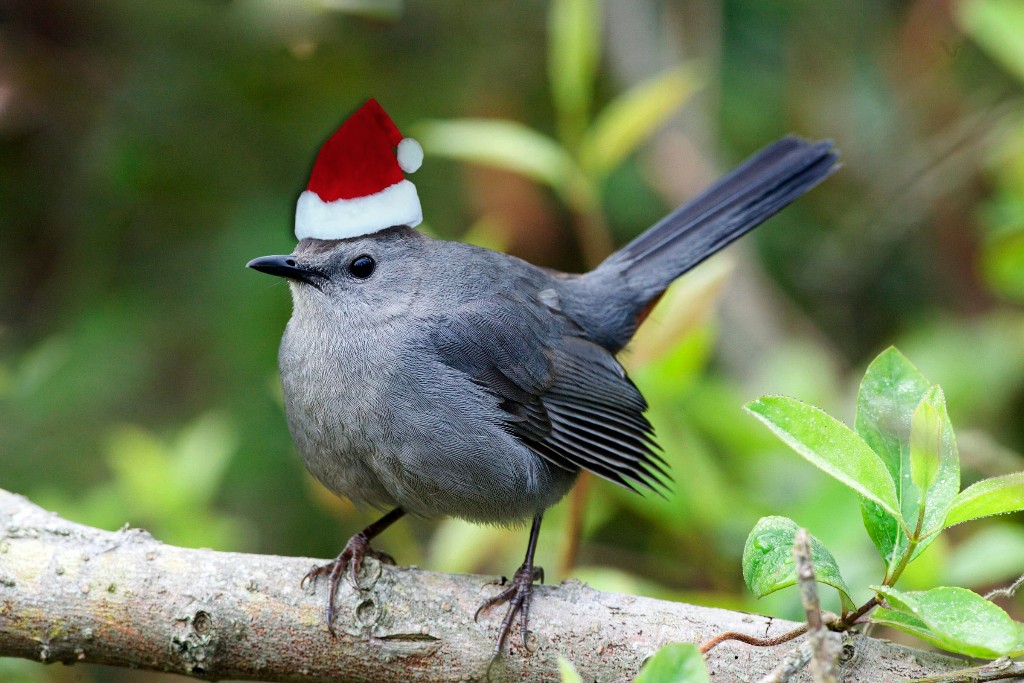
Between December 14, 2015 and January 5, 2016 more than 70,000 people stepped across the entire Western Hemisphere grabbed their binoculars, put on their jackets, and stepped-outside to count and observe birds for the Audubon Society’s 116th Annual Christmas Bird Count (CBC). This event, used to collect census data about birds in the Western Hemisphere, holds the rather specific but nonetheless impressive title of „the nation’s longest-running citizen science bird project,“ and provides invaluable information about birds and their ecosystems for all varieties of Scientists, Conservationists, and Ornithologists.
I stumbled across the CBC this week in a reading about the Monk Parakeet, a non-native Parakeet species which has chosen the urban environment of Hyde Park, the neighborhood the University of Chicago is situated in, as one of its primary breeding grounds in northern Illinois. The paper was discussing the fluctuations in population of these birds within Hyde Park and the surrounding Illinois regions, and cited the CBC for most of its data. I will even have the chance to participate in (a slightly late) version of the CBC, as I will be driving around the neighborhood counting and collecting information about these birds.
The larger CBC community is broken into its constituent countries (e.g. USA, Canada, Jamaica), and within these countries, is further broken into units called „circles.“ Each circle has a diameter of about 15 miles, and consists of a small teach of citizen-volunteer bird-watchers who count and record all of the birds within their circle. These data are complied by a compiler, and then sent-off up the chain to the larger CBC community. Through this event, scientific data about the changes, trends, and anomalies in bird-ecosystems are collected and presented to the wider scientific community.
If you are interested in getting involved, check-out the Audubon Society.